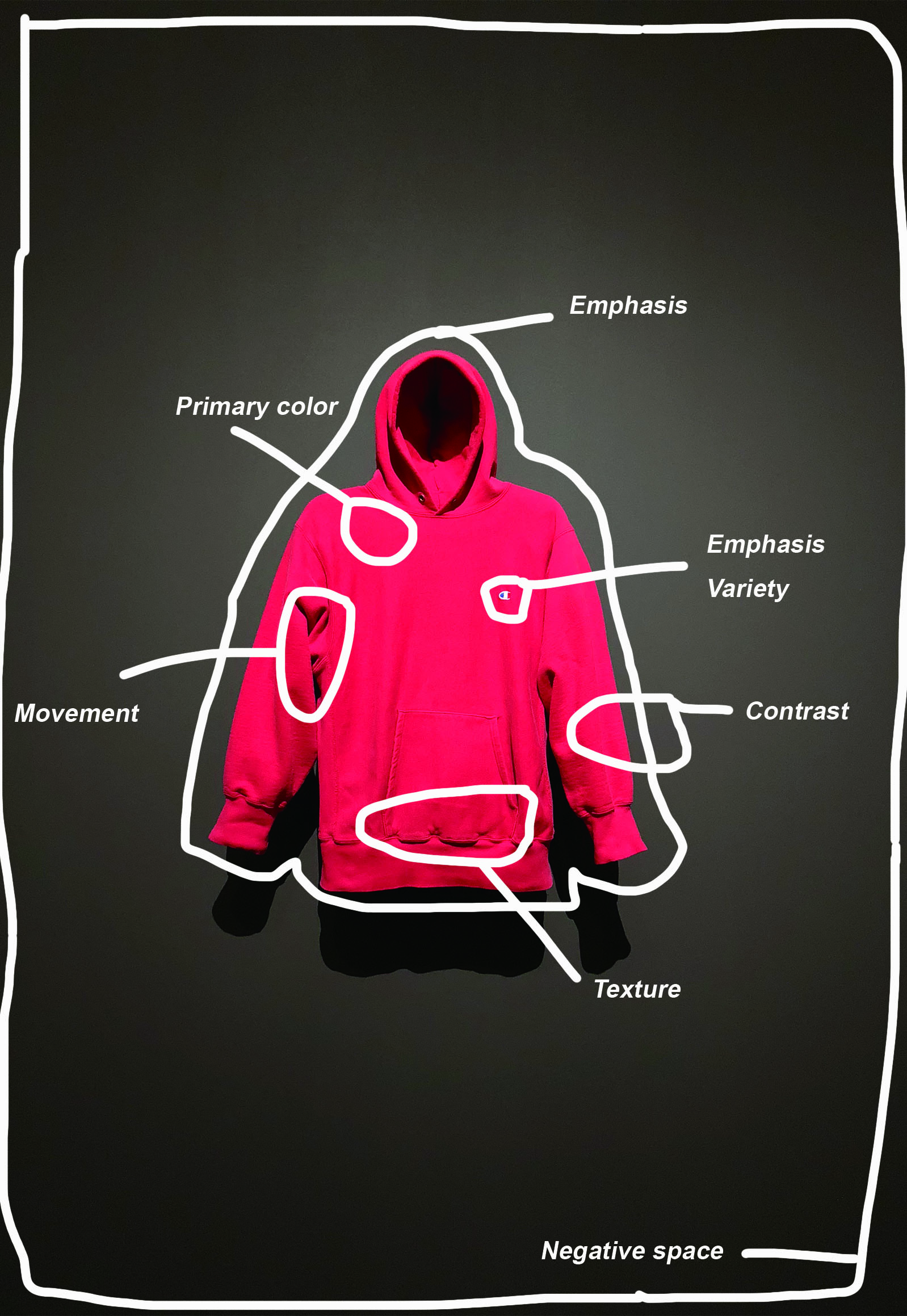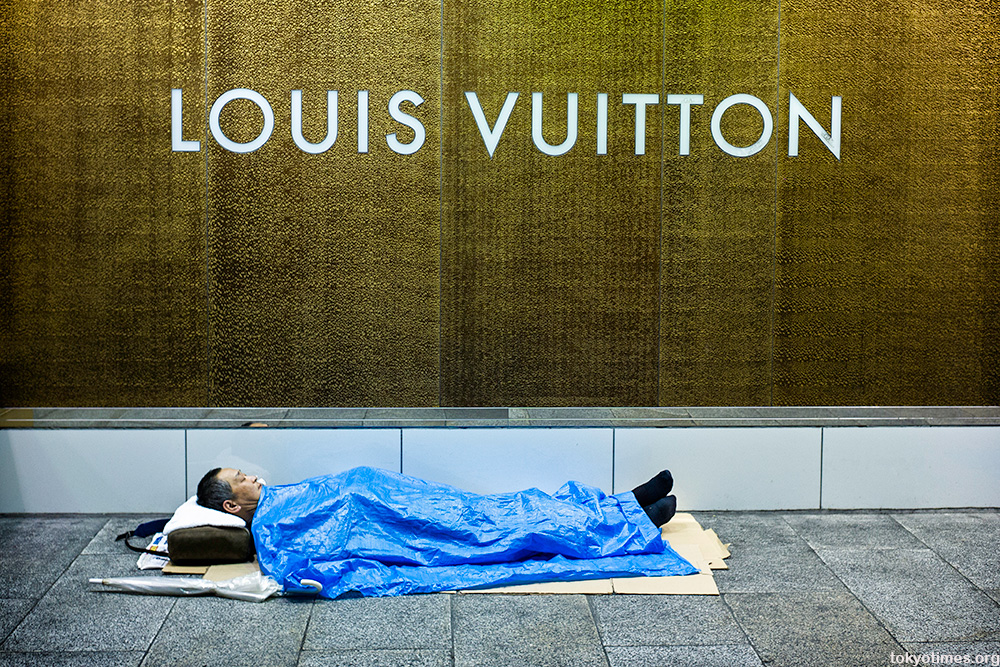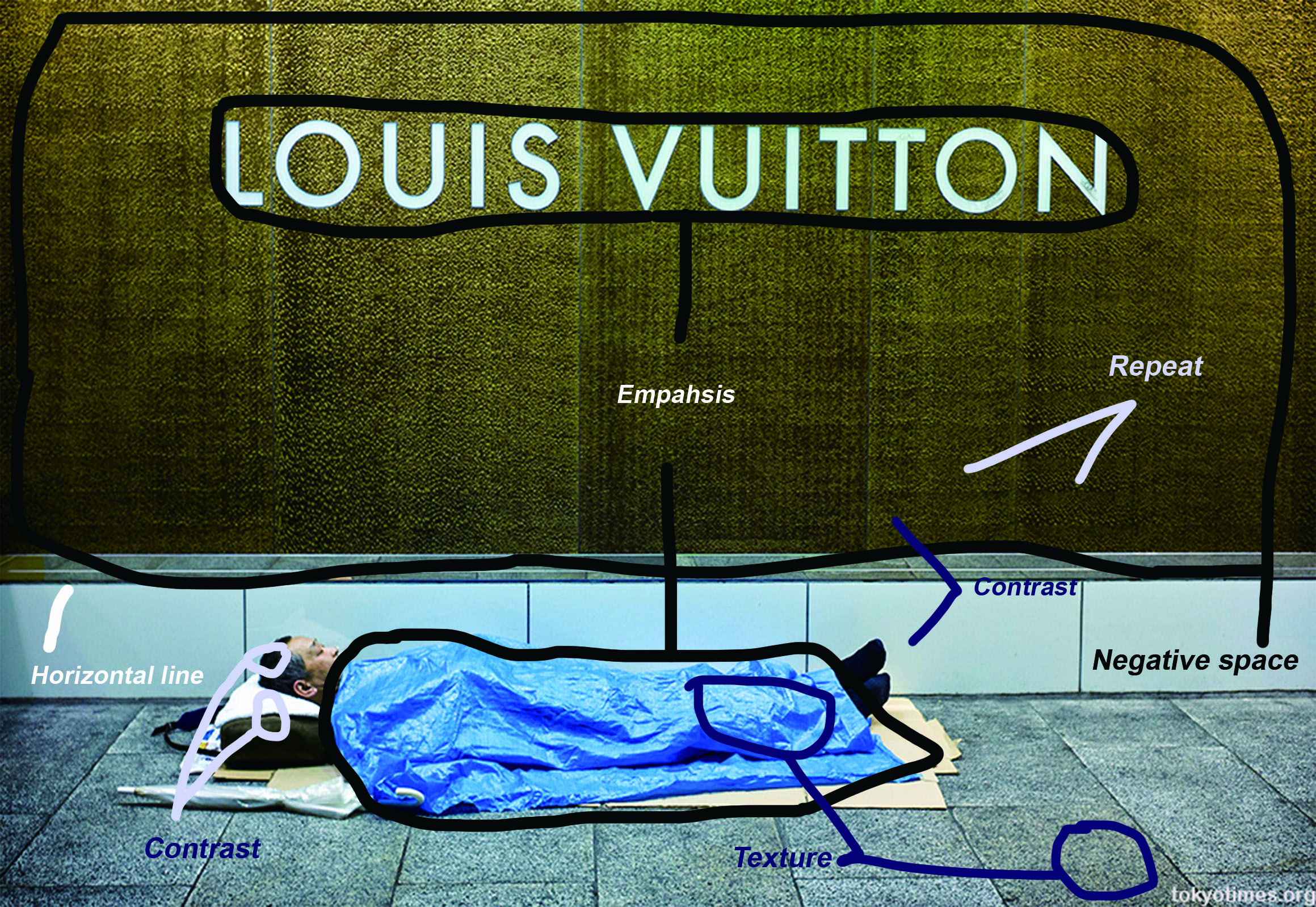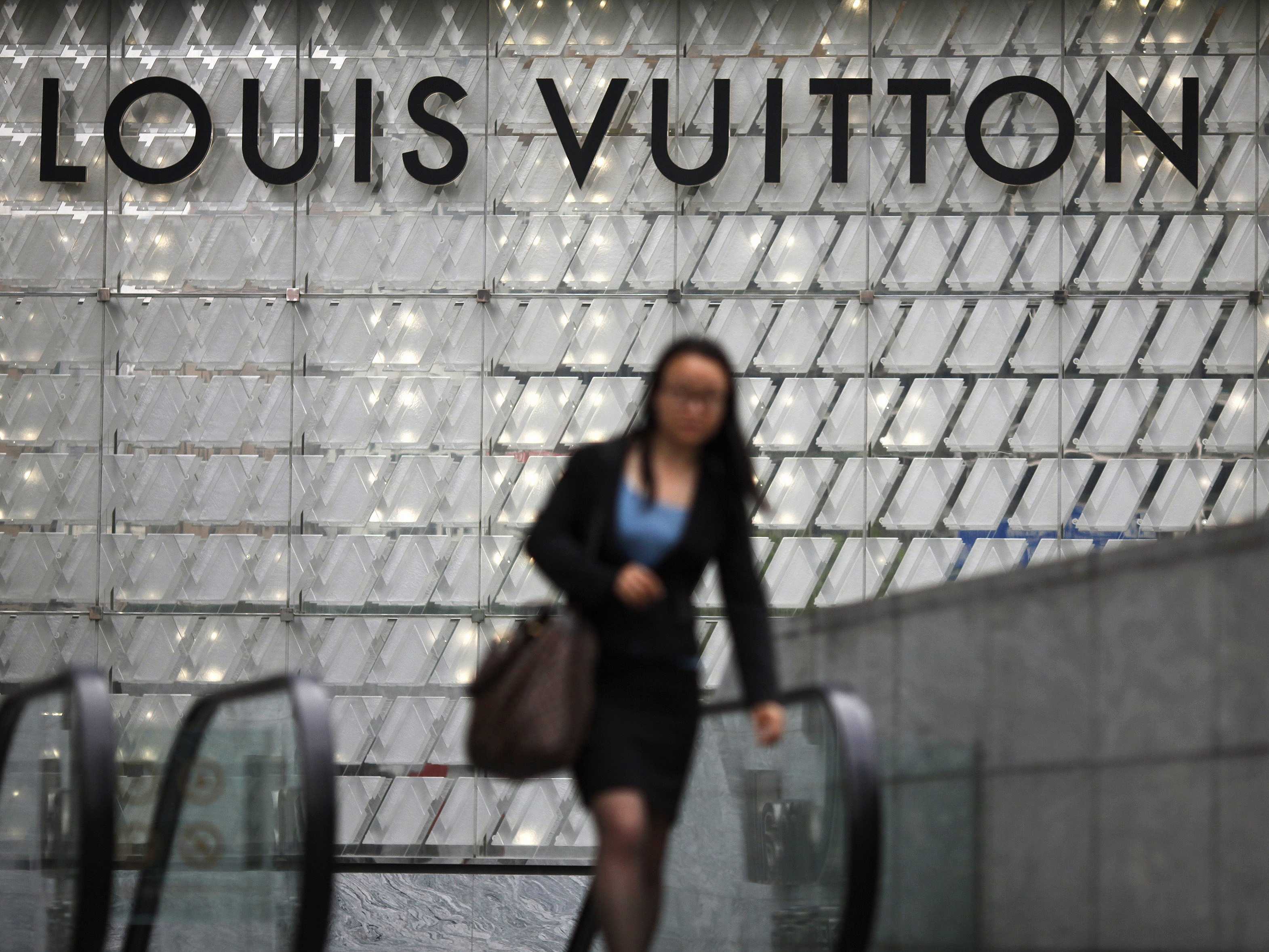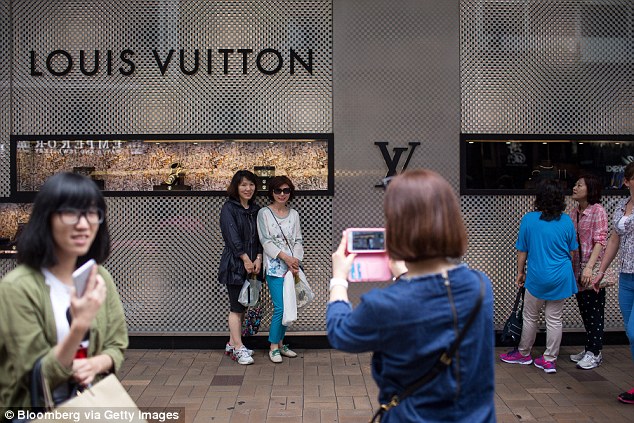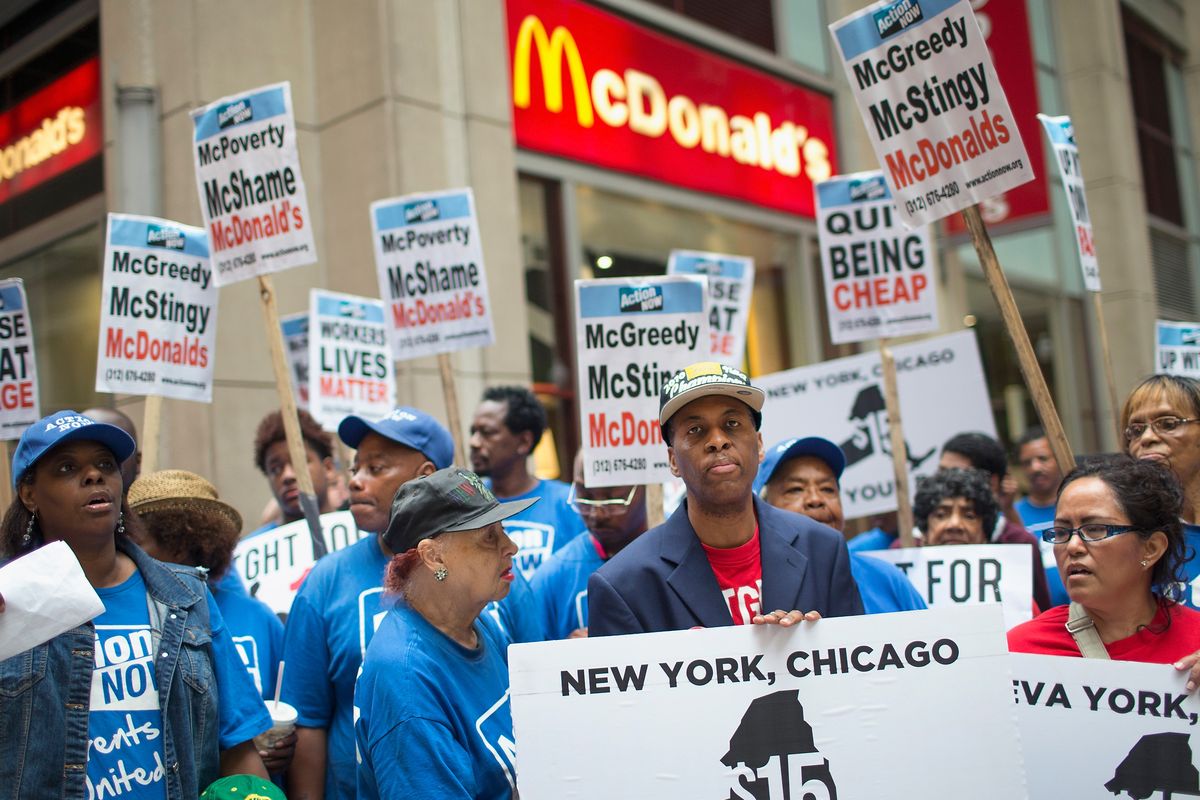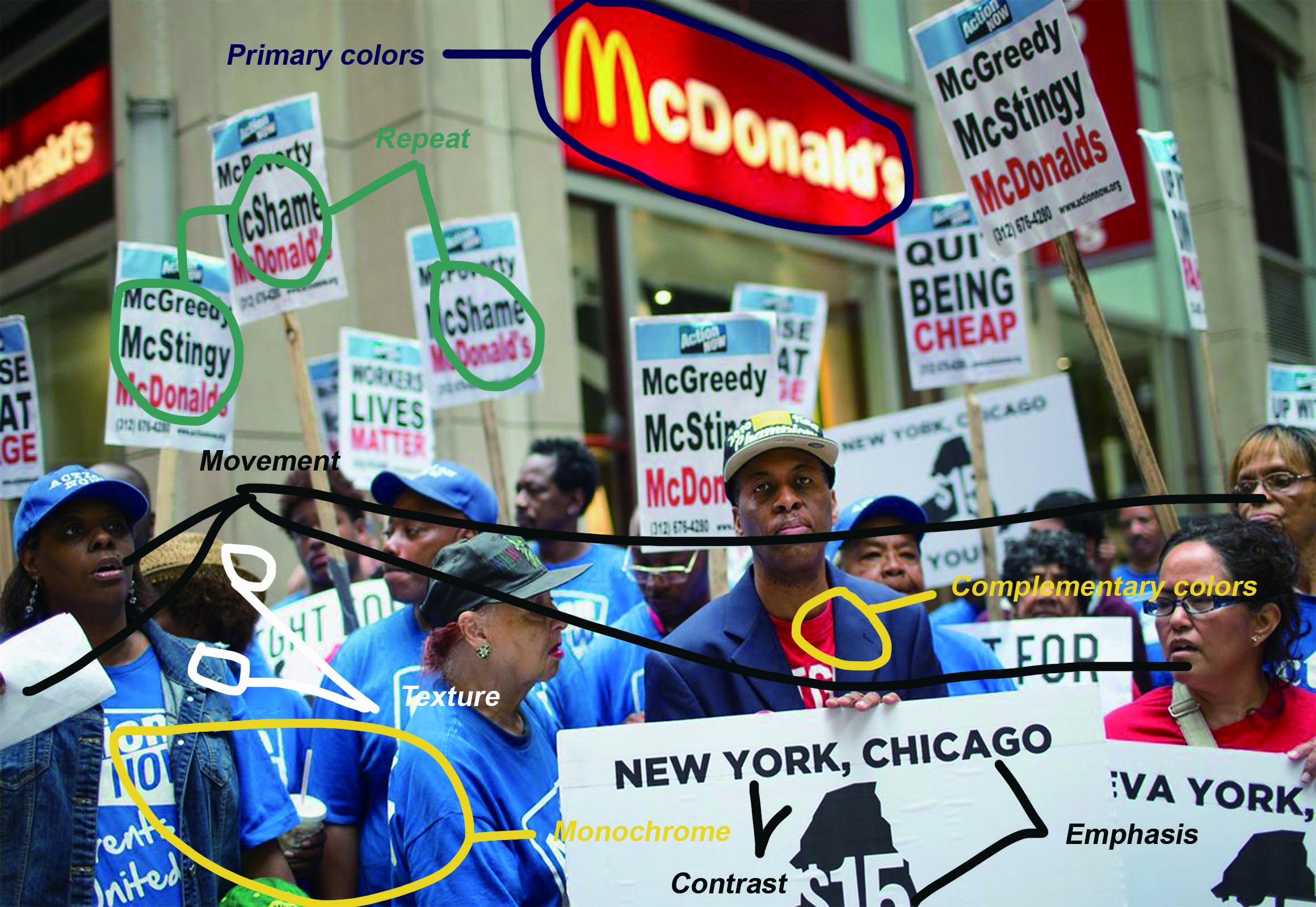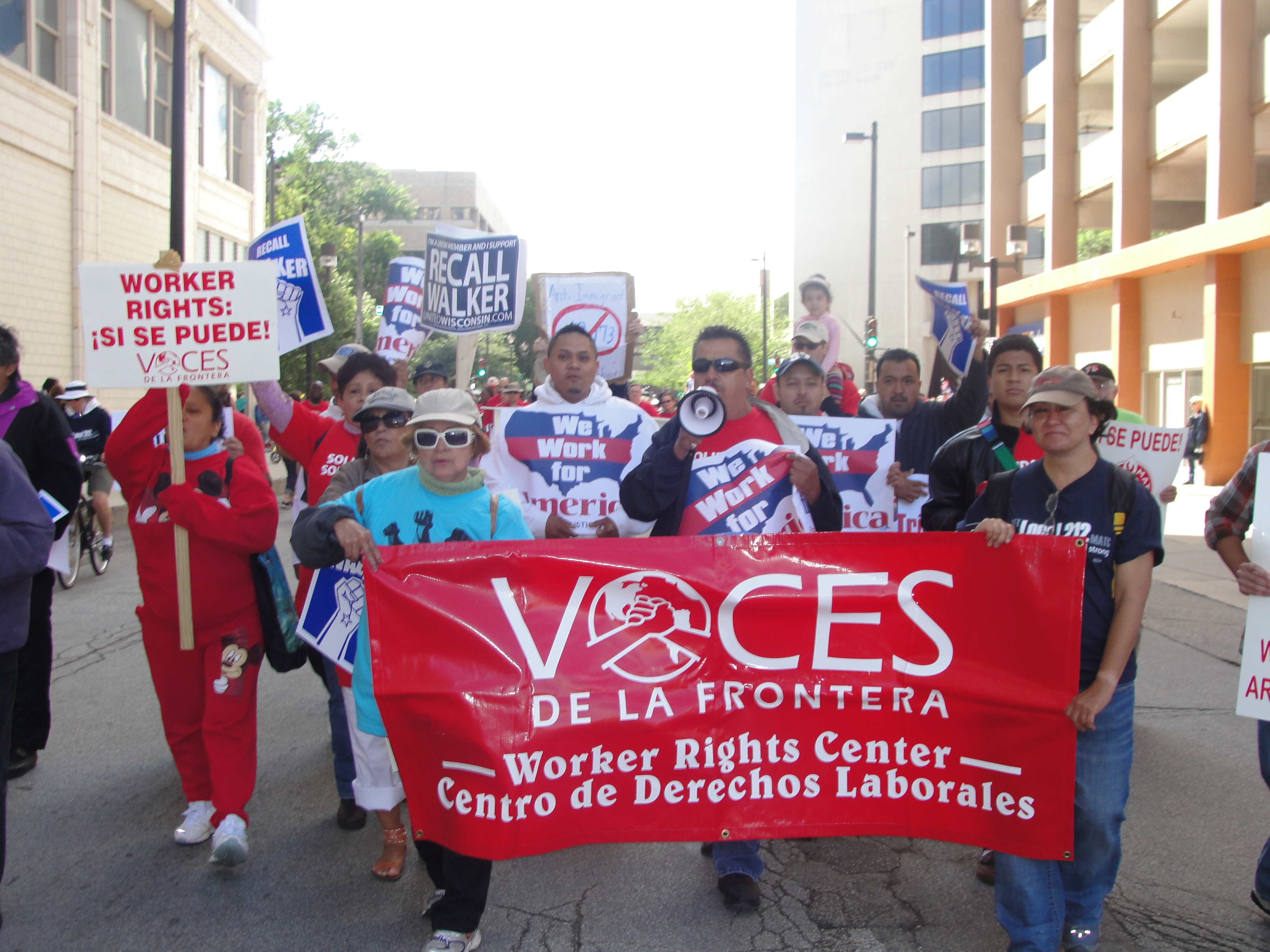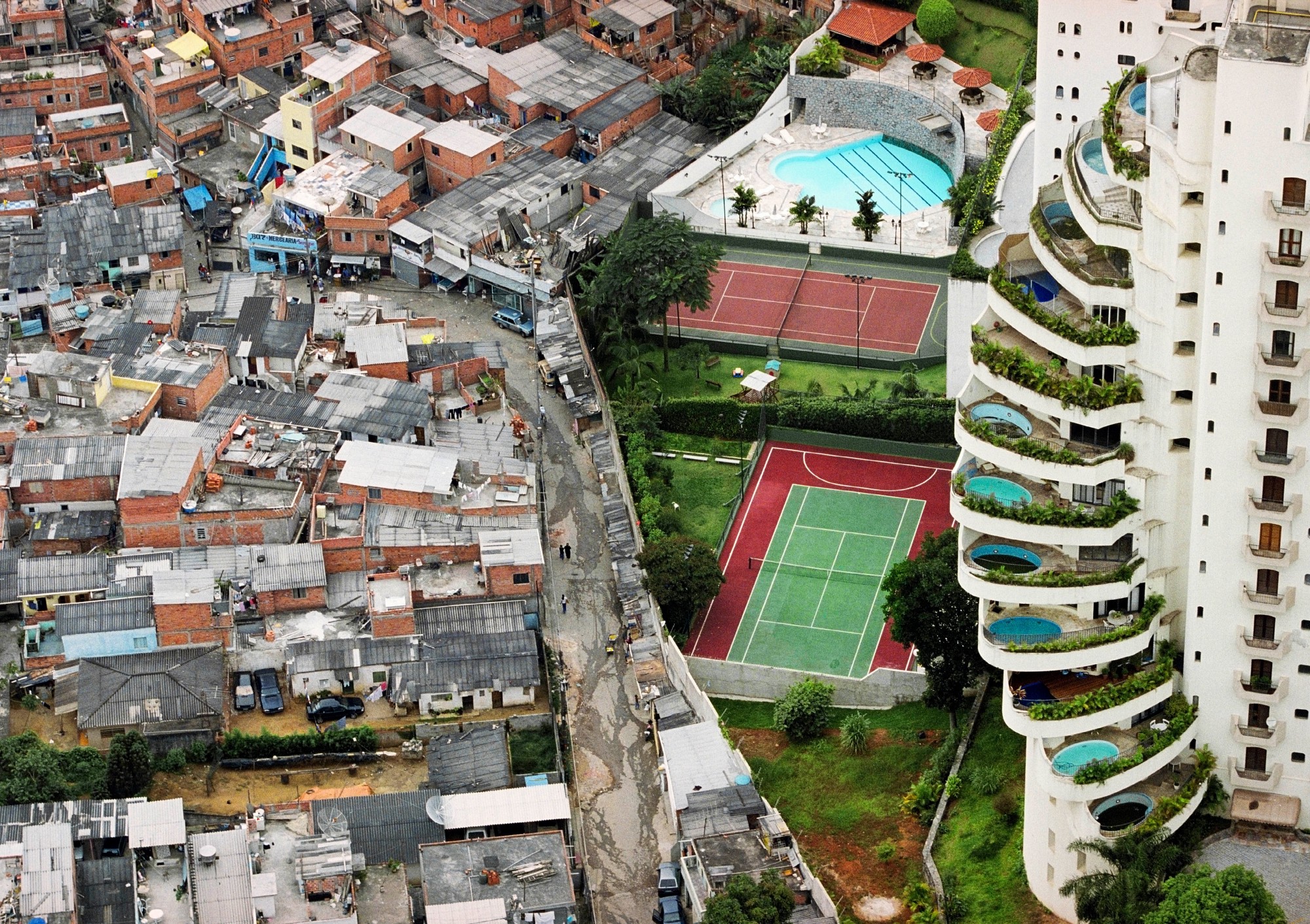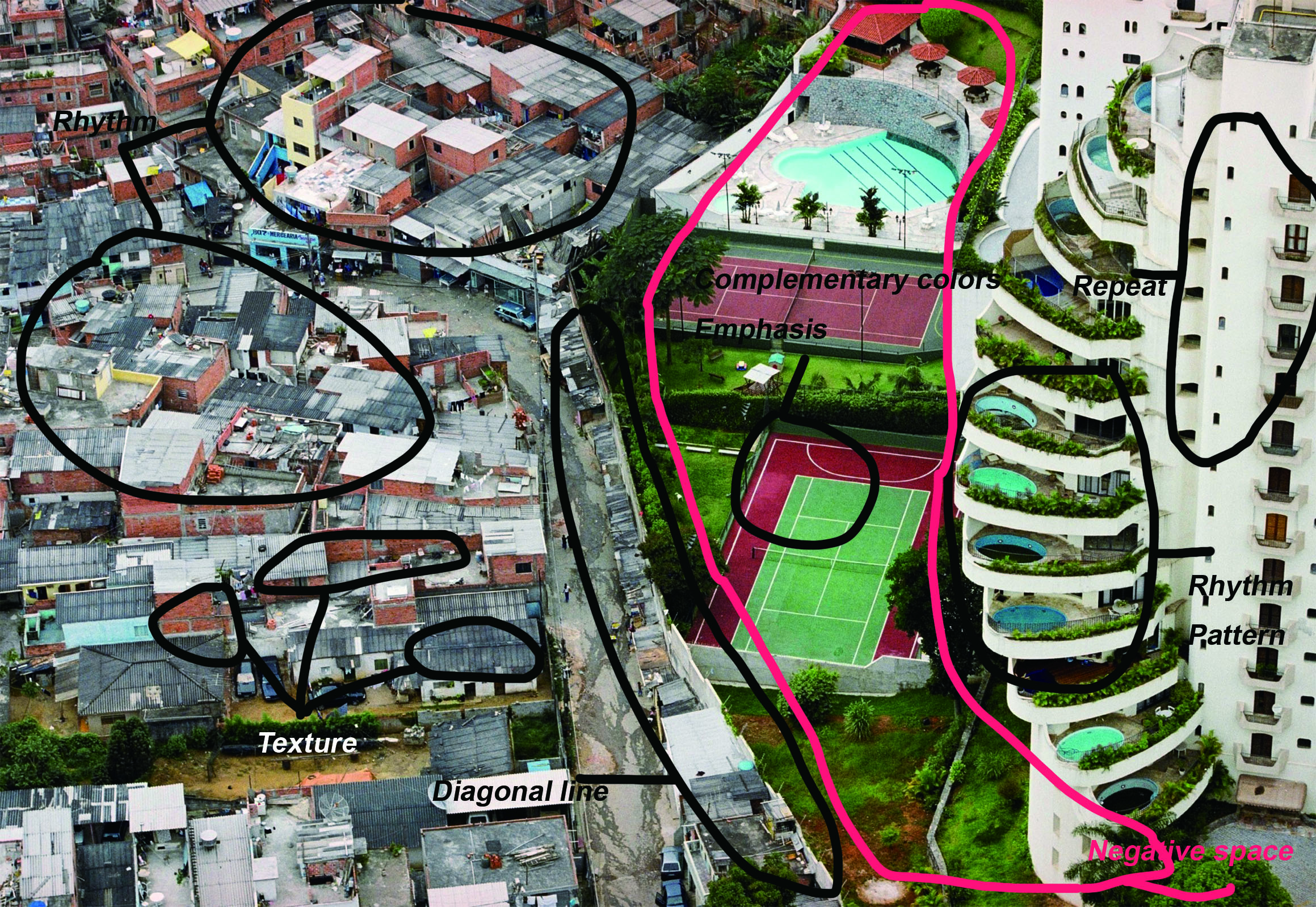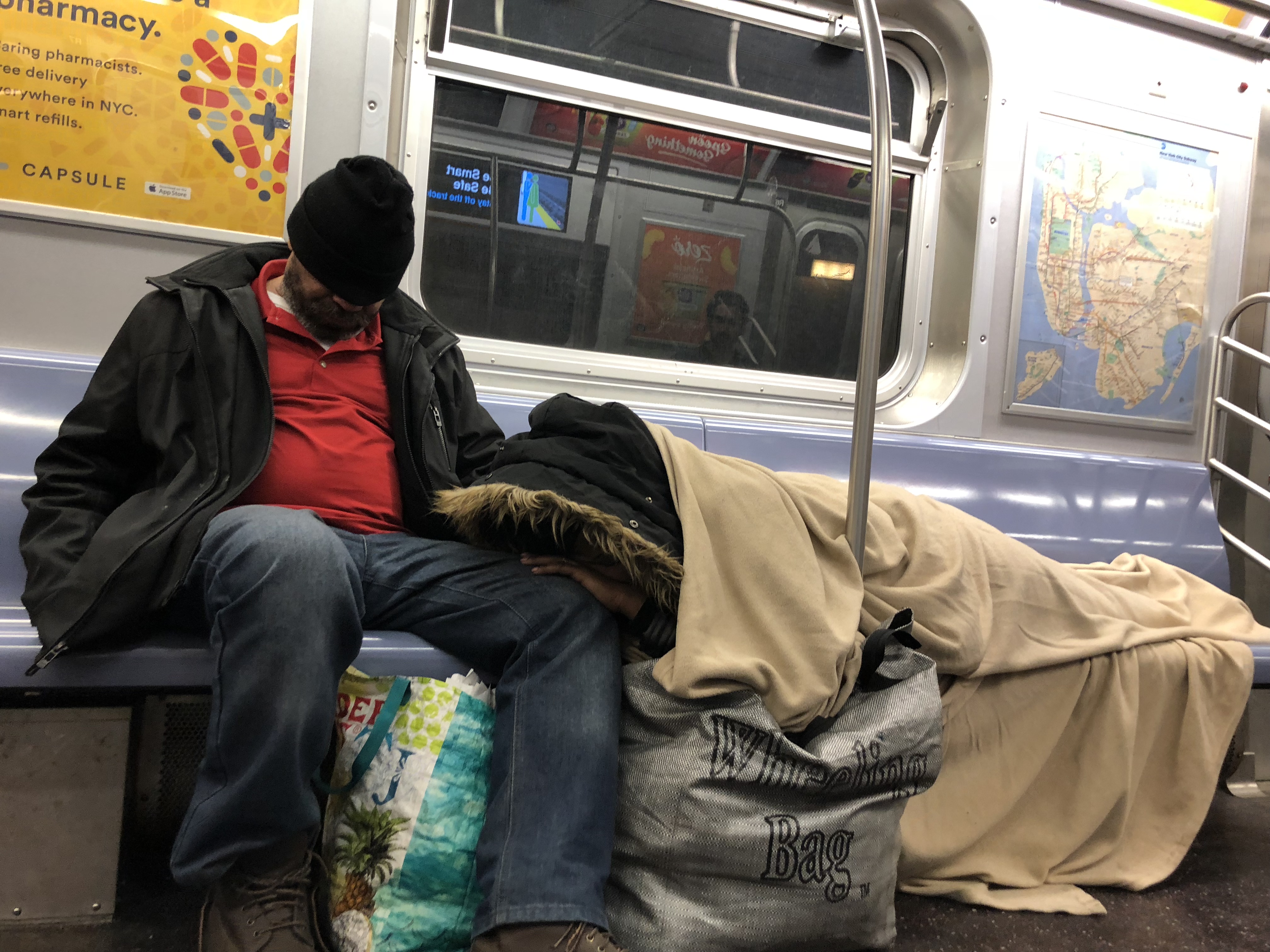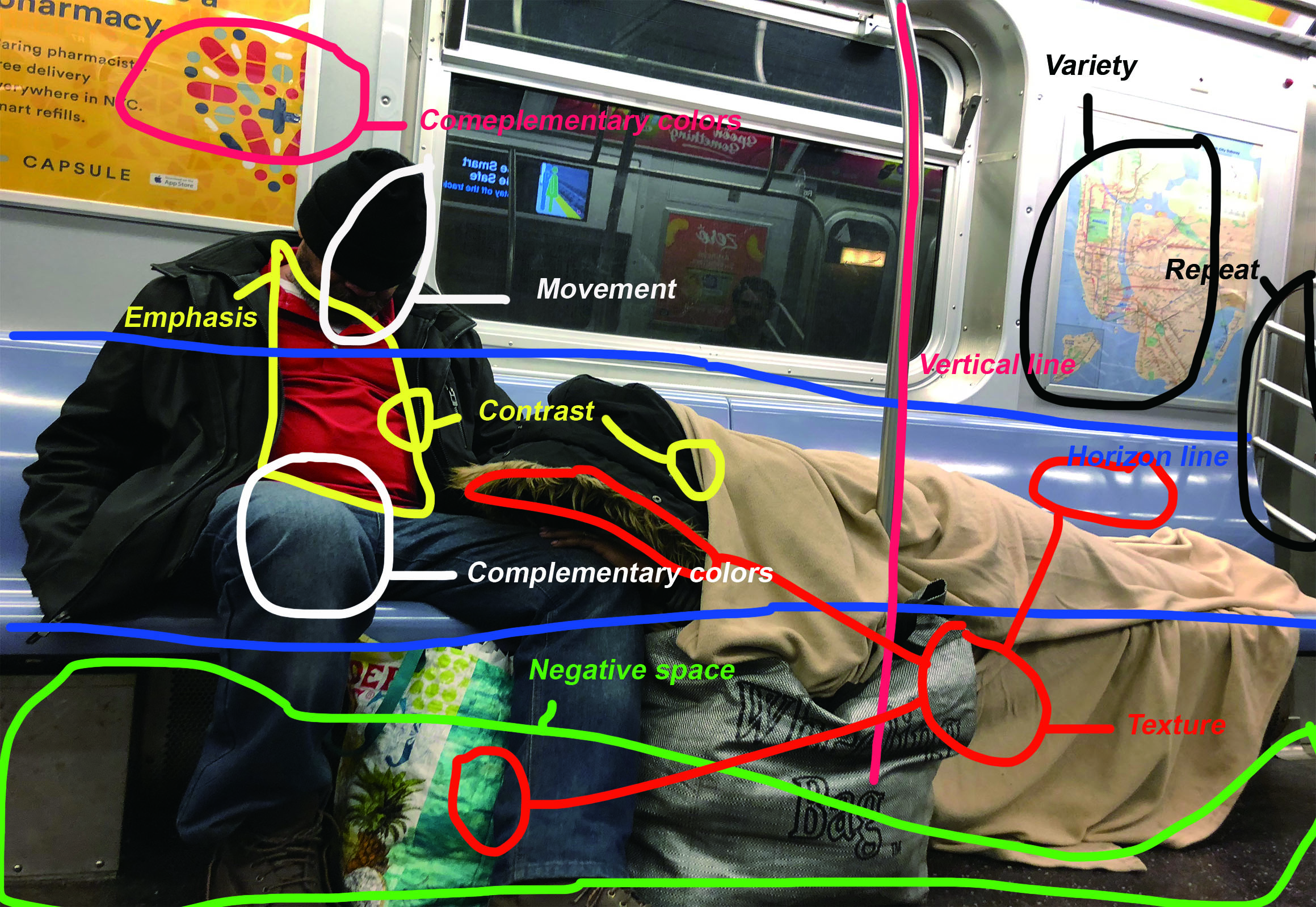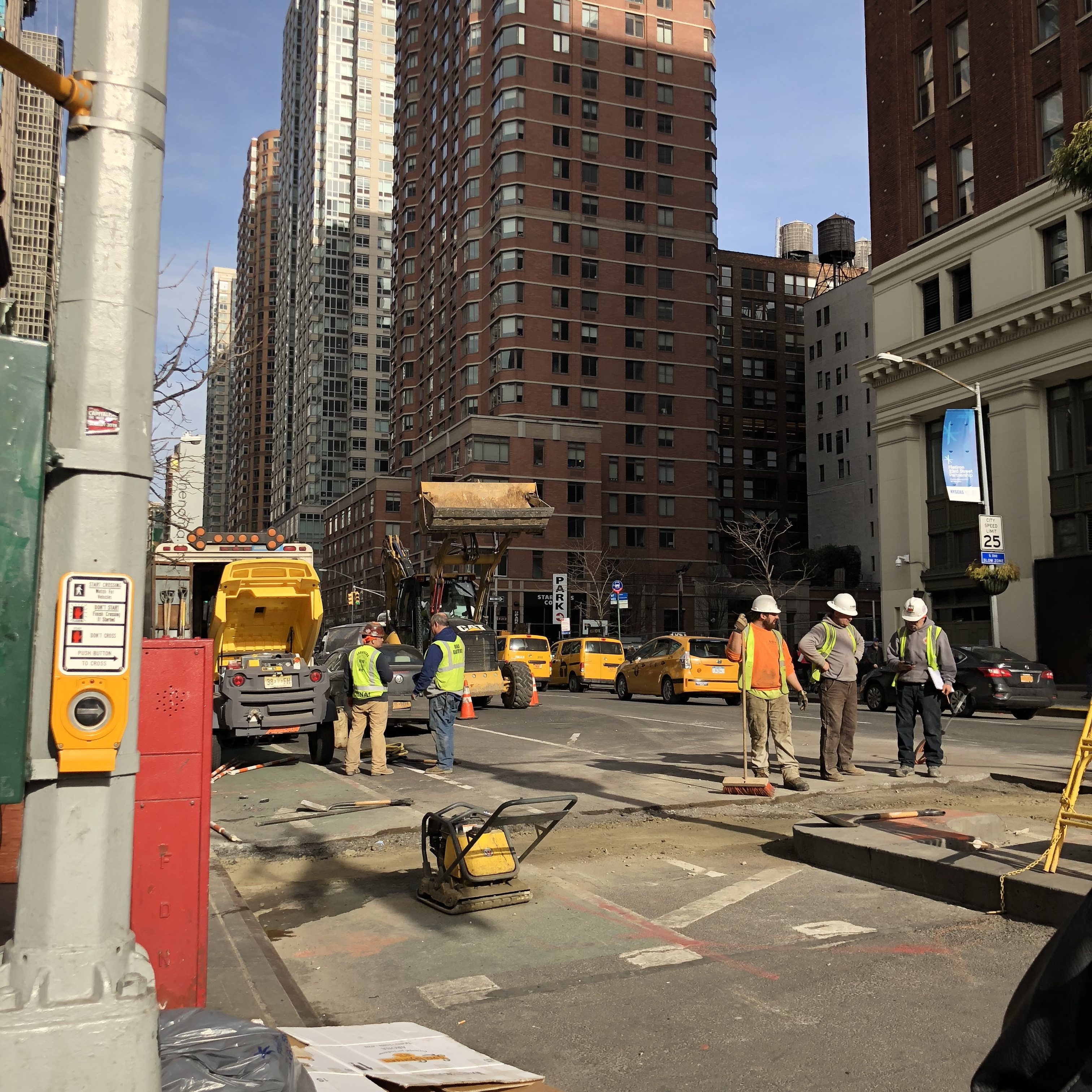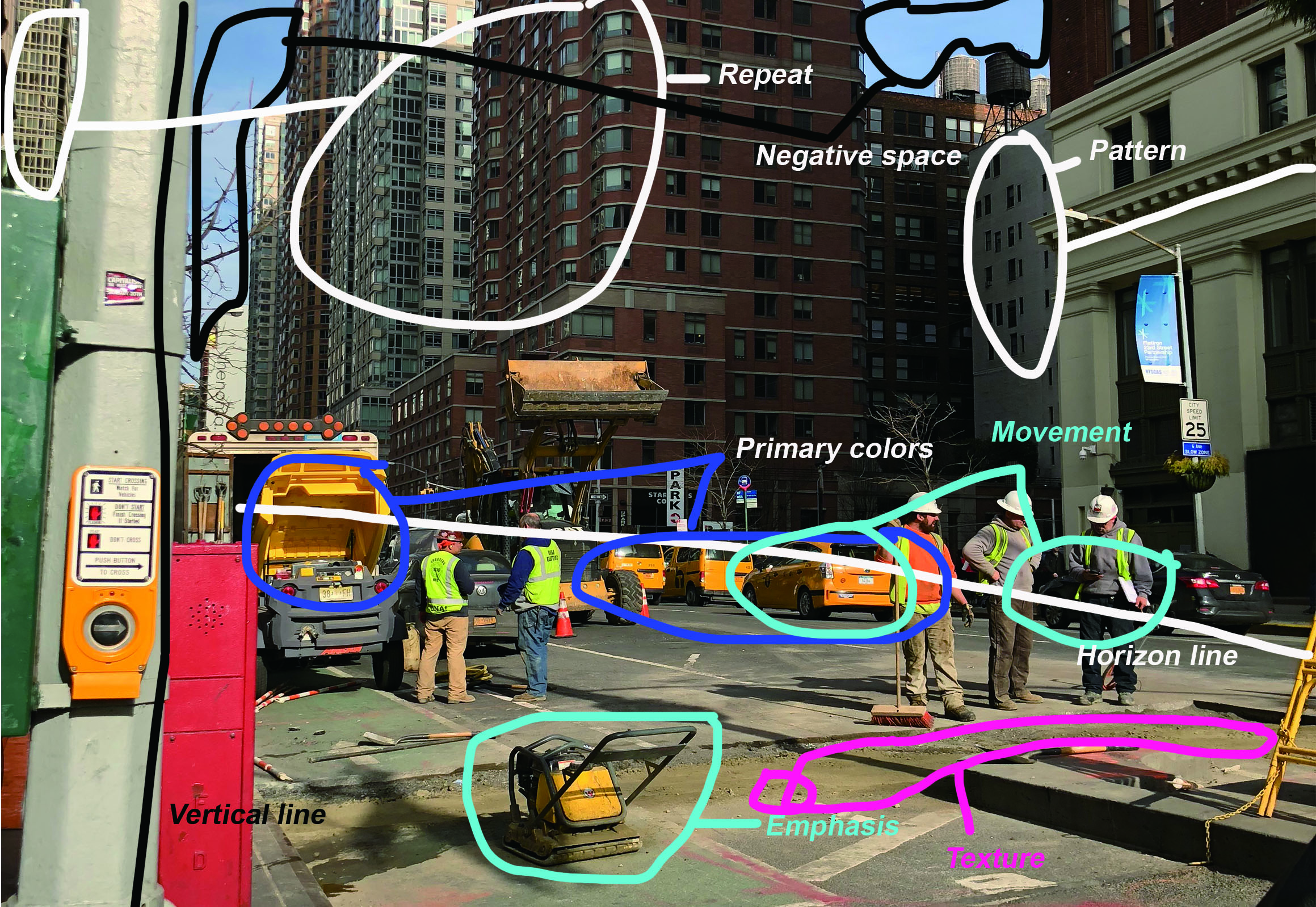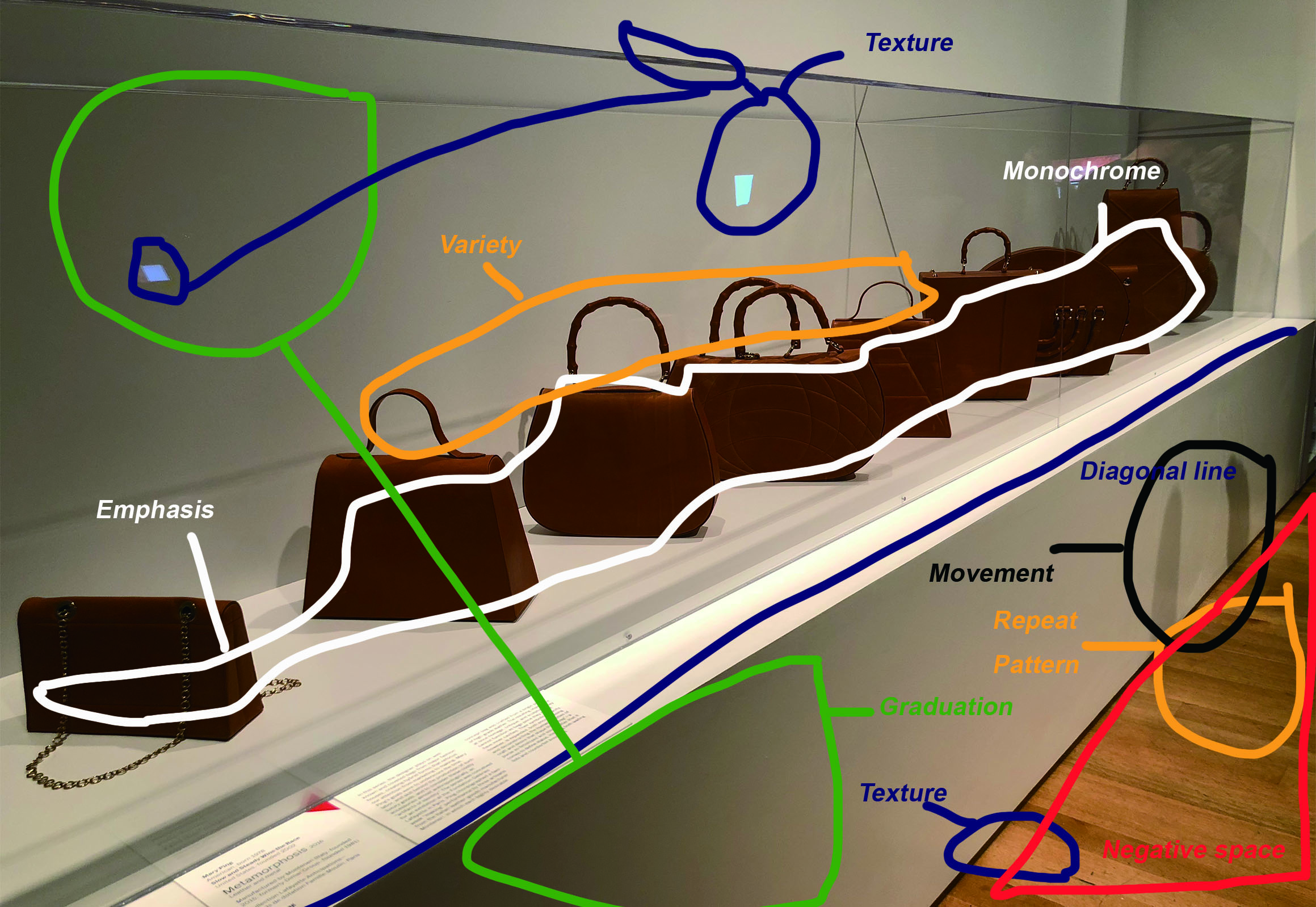Theme: Class
3 images from online research:
- This homeless man is sleeping at the street of Shinjuku, Japan where there are plenty of high-end brands. It’s not really a glitzy area along the lines of somewhere like Ginza, so lots of homeless there too. I chose this picture because I think it really fits my theme: class. The contradiction between the symbol of rich people/upper class and the homeless who even don’t have a secure life. This shows the huge gap between classes and the problem it brings up in every country.
There are some similar examples:
2. This photo shows workers of McDonald’s are fighting for their rights for McDonald’s violates labor rights of its employees. And I found what’s upsetting about this picture is that almost all workers in the picture are African Americans. In some degrees, it relates to the theme of race as well. “The cases allege that Oak Brook-based McDonald’s and its franchisees retaliated against employees for engaging in activities, including nationwide protests calling for higher wages and better conditions.” “The ruling, which McDonald’s vowed to appeal, is significant because it could increase the fast-food giant’s responsibility in labor cases and, potentially, that of other types of employers as well.” (ChicagoTribune, http://www.chicagotribune.com/business/ct-mcdonalds-joint-employer-1220-biz-20141219-story.html)
Processions of workers’ rights happen from time to time, which means there are always conflicts between workers’ rights and company’s profits, and worker class still cannot have a secure life/Income:
3. This picture shows how a land is divided into two different world. One side is filled with dense broken houses, the other side is the luxury apartment with swimming pool and basketball field. I like this picture because it is well-composed visually and clearly and directly convey the unequal situation between two classes.
I believe the living place is one of the aspects that can reveal the difference between classes. Rich people’s neighborhood are usually big and less dense and have expensive entertainment, and have more private area. In the opposite, poor people’s living places have less entertainment area, either does some common area since the high population density. And with the demand of more land as property, upper class/rich people could be invading land may used as poor people’s living places in some countries, which could results the raising of house price and the climbing numbers of homeless:
2 images from the “streets” of NYC:
- I took this photo on the way home when I was on a subway. These two men were sleeping on the seat and with two big nylon bags full of heavy staff. The status of them showing they are exhausted from something, (maybe work-physical work-worker class?) and had nowhere to rest, and keep (parts of?) their properties with them (maybe homeless?).
2. I took this photo at 22nd street, 6 Ave. There were some workers working on a construction on the street. I took this photo because I think it represents the worker class.
2 images from MoMA:
- This is a 1980s hooded sweatshirt made by the sportswear manufacturer Champion. It was originally made for keeping athletes warm before and after training. “Laborers adopted it as a practical winter layer, and it became a quintessential college wardrobe item in the 1950s.” In the mid-1970s, since hoodies were began wear by hip-hop rappers when they were drawing graffiti and breakdancing, it became the symbol of cool and rebellious. I chose this item to show class because I think unlike pictures I listed above, hoodie shows the equality between classes. No matter what class you are in, you get the same hoodie. For example, Facebook founder Mark Zuckerbeg worn it many times. In such situation, I think it share the same idea as Coca-Cola, which is also a product that shows the equality between classes.
2. This is a bag series that designed by artist Mary Ping and manufactured by Monteneri. The designer made all these bags in the shape of some famous “it bags” from major fashion houses without those logos. “Ping’s goals were to underscore the time, labor, and skill behind the production of such luxury goods, and to consider these costly accessories almost anthropologically, as ‘artifacts of identity’. ” I believe this series shows the value of manufacturing and the worker class, because these bags were all made by high-grade leather and in the well-designed shape, but those logos represent luxurious goods are no longer exist. “Their symbolic capacity, however, is expanded, both encompassing and deconstructing the human qualities of craft and desire that shape the ‘It bag’ – a purse is fetishized and sought after that it comes to define status, inspiring both waiting lists and counterfeit kickoffs.”
